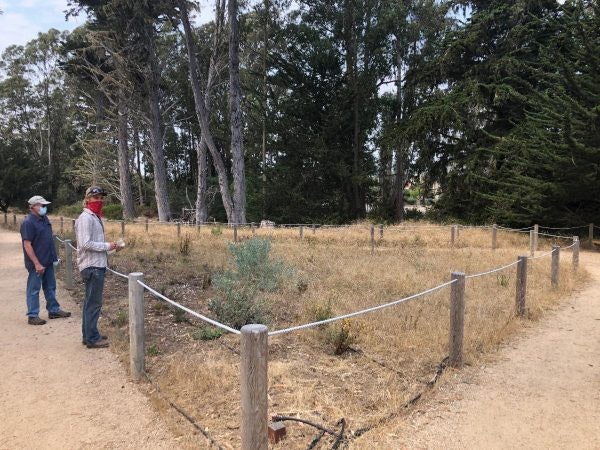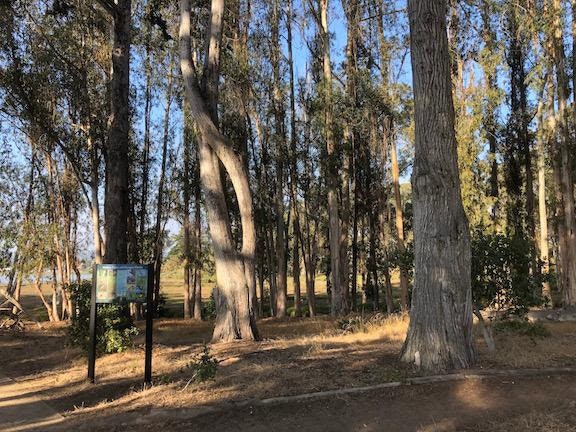Pollinator and Monarch Overwintering Habitat Enhancement


Pollinators play an important role in the health of our natural ecosystems and are vital to our food supply. While many pollinator populations are in decline, the Monarch butterfly has been hit especially hard during the past 20 years. While populations of the Western Monarch have seen increases in 2021 and 2022, populations have experienced declines of around 95 percent since 2000, according to the Xerces Society for Invertebrate Conservation.
Because of this steep decline, there is a growing need for Monarch and other pollinator projects. Coastal San Luis Resource Conservation District (CSLRCD) is working to enhance Monarch habitat by restoring degraded overwintering sites and planting nectar species on farms and ranches. In 2021, CSLRCD staff partnered with the Sweet Springs Natural Preserve in Los Osos to enhance the historic overwintering site by planting native trees that Monarchs cluster in over winter and planting plant species that Monarchs use as nectar sources. An interpretive sign highlighting the Monarch butterfly and other pollinators was installed in the preserve, and several field tours were held for local school groups and the public.
CSLRCD continues to provide assistance to those looking to improve pollinator habitat on their land.
Partners: Audubon Society, Xerces
Funders: MBNEP
RCD Contact: Hayley Barnes, hbarnes@coastalrcd.org

